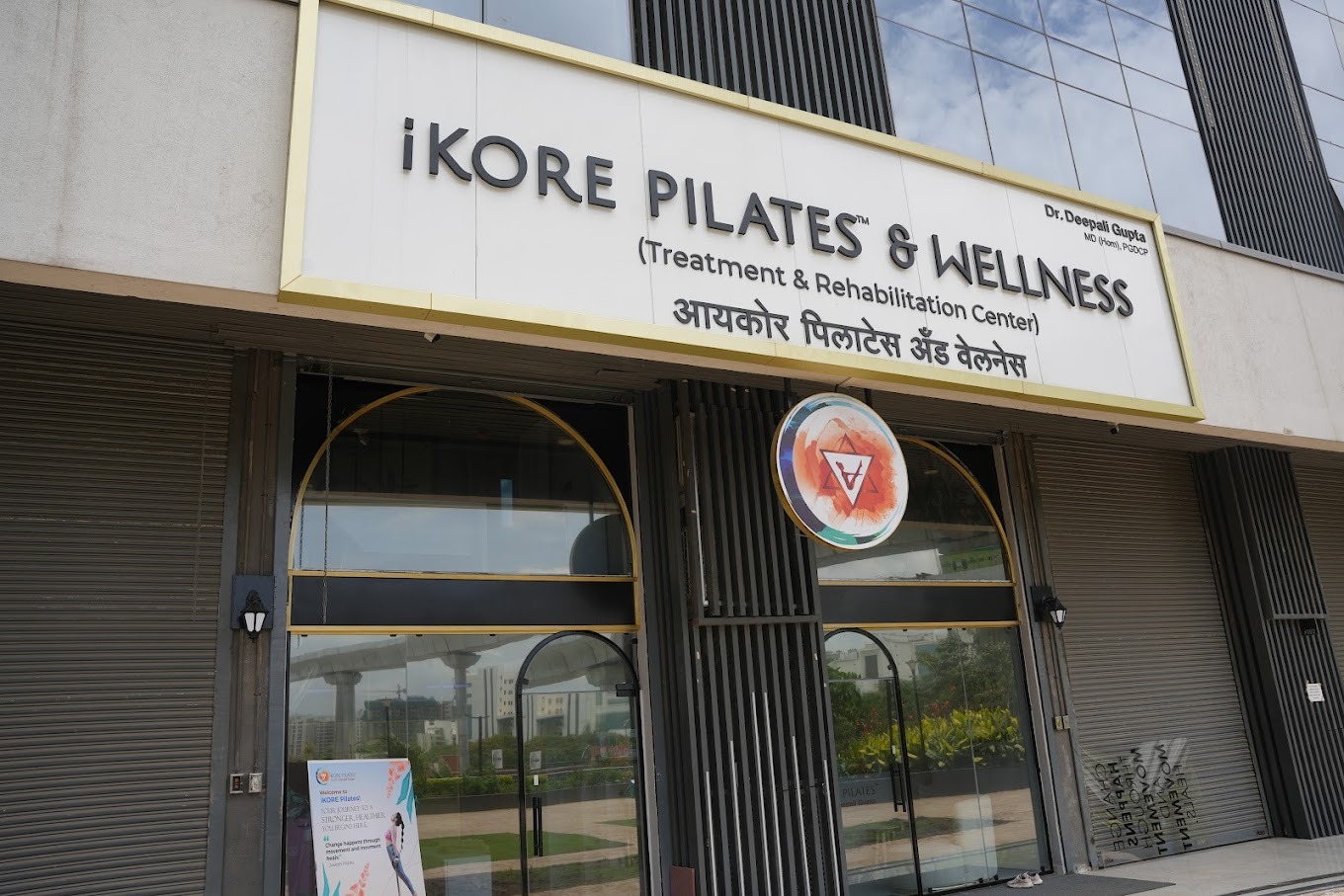In a fast-paced world where time is a luxury and health is non-negotiable, finding efficient and sustainable ways to stay fit is essential. One such powerful method that has stood the test of time is Pilates. Originally developed by Joseph Pilates in the early 20th century, this low-impact form of exercise emphasizes core strength, stability, posture, and controlled breathing. With the convenience of digital learning and limited space requirements, Pilates workouts at home have become an increasingly popular choice for people of all fitness levels.
What Is Pilates?
Pilates is a system of exercises designed to improve physical strength, flexibility, and posture while also enhancing mental awareness. It focuses primarily on strengthening the core — which includes the abdominal muscles, lower back, hips, and glutes — sometimes referred to as the “powerhouse” of the body. Unlike high-impact workouts that stress the joints, Pilates offers a gentle yet highly effective approach to fitness.
There are two main forms of Pilates:
-
Mat Pilates: Performed on the floor using just a yoga mat. It relies on body weight and gravity for resistance.
-
Equipment-Based Pilates: Uses machines like the Reformer or Cadillac, which involve springs and pulleys to provide resistance.
For home-based routines, mat Pilates is the go-to option since it requires minimal to no equipment.
Benefits of Practicing Pilates at Home
-
Improved Core Strength: At the heart of every Pilates move is the core. Regular practice leads to better balance, reduced risk of injury, and a stronger foundation for other physical activities.
-
Better Posture: By strengthening the muscles that support the spine, Pilates helps reduce slouching and back pain, particularly for those who sit for long hours.
-
Enhanced Flexibility and Mobility: The slow, controlled movements in Pilates improve range of motion in joints and lengthen tight muscles.
-
Low-Impact, Joint-Friendly Exercise: Ideal for people recovering from injury or those with joint issues, Pilates is gentle yet effective.
-
Stress Reduction and Mindfulness: With its focus on breath and body awareness, Pilates doubles as a form of moving meditation, promoting mental clarity and emotional well-being.
-
Convenience and Consistency: Practicing at home eliminates commute times, gym fees, and scheduling conflicts. All you need is a mat and a quiet space.
Getting Started with Pilates at Home
If you’re new to Pilates, starting slow and learning the fundamentals is key. Here’s how to set yourself up for success:
1. Create a Comfortable Space
Choose a spot in your home that is quiet, clean, and has enough room for you to move freely. Natural light and minimal distractions will enhance the experience.
2. Use the Right Equipment
While a mat is usually sufficient, you can enhance your routine with simple props like:
-
Resistance bands
-
Small Pilates balls
-
Light hand weights
-
A foam roller
These are optional but can help deepen your practice over time.
3. Focus on Technique Over Repetitions
Pilates is all about precision and control. It’s better to do fewer repetitions with proper form than rush through exercises with poor alignment.
4. Incorporate Breathing Techniques
Breathing is central to Pilates. Typically, you inhale through the nose and exhale through the mouth, coordinating each breath with your movements. This oxygenates the body and increases your focus.
5. Start with Beginner-Friendly Exercises
Before progressing to complex routines, master the basics. Some excellent beginner exercises include:
-
The Hundred: A classic core activator involving controlled breath and rhythmic arm movement.
-
Leg Circles: Help with hip mobility and core stability.
-
Rolling Like a Ball: A playful yet effective move that massages the spine and strengthens the abs.
-
Single Leg Stretch: Builds abdominal endurance and coordination.
-
Bridge Pose: Strengthens glutes, hamstrings, and lower back muscles.
Creating a Weekly Pilates Routine
Consistency is crucial. Here’s a sample weekly plan for beginners:
-
Monday: 20-minute core-focused routine
-
Wednesday: Full-body mat workout with stretching
-
Friday: Lower-body emphasis (glutes, thighs, hips)
-
Sunday: Restorative session focusing on breathing and flexibility
As you progress, increase the duration and complexity of your workouts.
Safety Tips to Keep in Mind
-
Warm up and cool down: Even gentle movements benefit from a proper warm-up and post-workout stretch.
-
Listen to your body: Discomfort is normal; pain is not. Modify moves when needed.
-
Stay hydrated: Especially if you’re combining Pilates with other forms of exercise.
-
Consult a professional: If you have chronic health conditions or recent injuries, speak to a healthcare provider before starting.
Motivation and Progress Tracking
Practicing Pilates at home requires discipline, but the benefits are worth the commitment. To stay motivated:
-
Set realistic goals (e.g., “I will do Pilates three times a week”).
-
Track your progress through a fitness journal or app.
-
Celebrate small victories like improved flexibility or better balance.
Final Thoughts
Whether you’re seeking improved strength, better posture, or simply a moment of calm in a busy day, Pilates offers a well-rounded approach to physical and mental wellness. With no need for fancy equipment or a gym membership, this practice can easily become a cornerstone of your home fitness journey.
So roll out your mat, take a deep breath, and enjoy the process. Your body — and mind — will thank you.



